Mayo Marinade Calculator
Calculate the right amount of mayo marinade, optimal marinating time, and get a custom recipe for your chicken
Ever wondered if the creamy spread you slather on a sandwich can double as a mayo marinade for chicken? The short answer is yes, and the long answer is why it works better than you might think. Below we break down the science, share tried‑and‑tested recipes, compare it to classic marinades, and give you the exact steps to get juicy, flavorful chicken every time.
How Marinades Work: A Quick Science Lesson
Marinades are essentially a mix of three elements: acid, fat, and flavor agents. The acid (lemon juice, vinegar, yogurt) gently breaks down proteins, making the meat more tender. Fat (oil, butter, mayo) carries fat‑soluble flavor compounds deep into the fibers and creates a barrier that locks moisture in during cooking. Flavor agents-herbs, spices, aromatics-infuse the surface and, thanks to the fat, stay attached longer.
When all three are balanced, you get a tender, juicy bite with a burst of flavor that doesn’t evaporate on the grill or in the oven.
What Makes Mayonnaise a Good Marinade Base?
Mayonnaise is an emulsion of oil, egg yolk, vinegar or lemon juice, and seasonings. Its high fat content (typically 70‑80% oil) provides the perfect medium for carrying aromatic compounds, while the built‑in acid from vinegar or lemon juice starts the tenderizing process right away. The egg yolk acts as an emulsifier, keeping the oil and water‑based ingredients from separating-a handy property when you let the mixture sit for an hour or overnight.
Because mayo already contains salt and a mild tang, you often need fewer added seasonings. It also creates a glossy coating that helps skin‑on chicken brown nicely, giving you that coveted crispy exterior without burning.
Key Ingredients That Pair Well With Mayo for Chicken
- Olive Oil - boosts fat content for extra moisture.
- Lemon Juice - adds bright acidity to balance the richness.
- Garlic - classic aromatics that dissolve nicely in mayo.
- Herb Blend (thyme, rosemary, parsley) - fresh, woodsy notes that cling to the coating.
- Smoked Paprika - gives a subtle smoky depth without a grill.
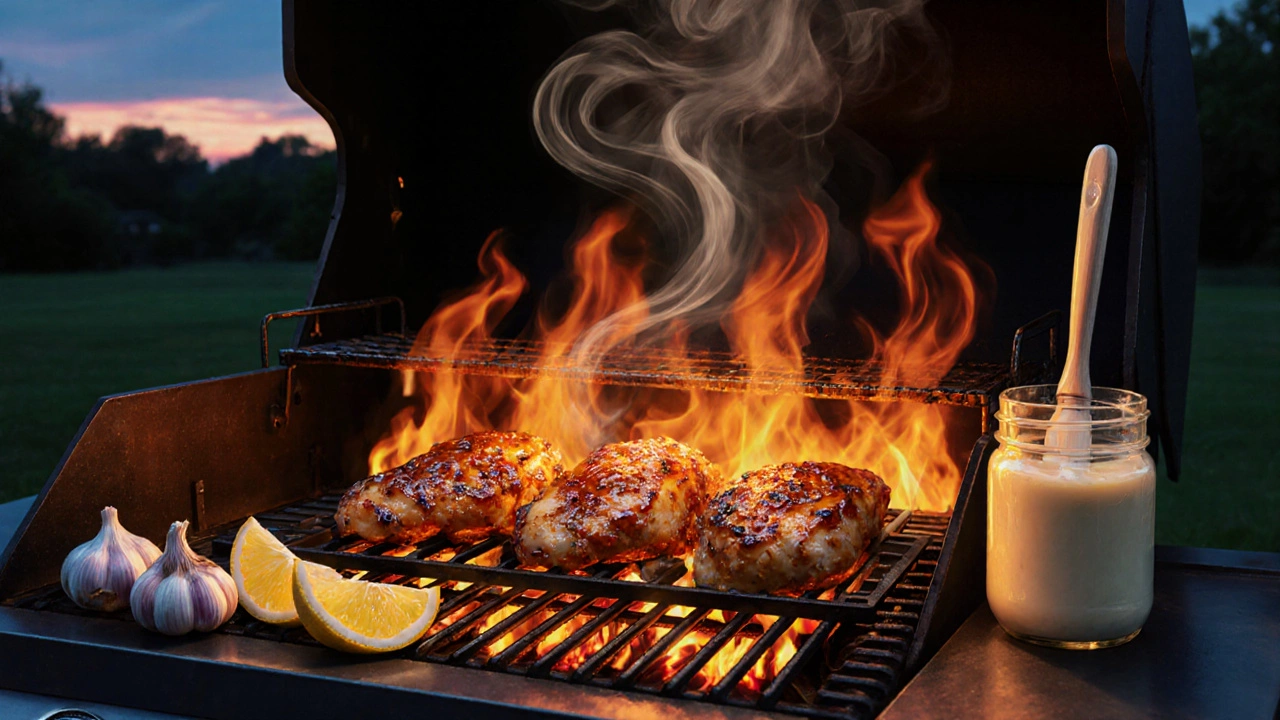
Three Proven Mayo‑Based Marinade Recipes for Chicken
- Classic Lemon‑Garlic Mayo Marinade
- 1/2 cup mayonnaise
- 2 tbsp fresh lemon juice
- 3 cloves garlic, minced
- 1 tsp dried thyme
- Salt and pepper to taste
Mix everything in a bowl, coat boneless chicken thighs, and refrigerate for 2‑4 hours. Grill over medium‑high heat for 6‑7 minutes per side; the skin will turn golden and the meat stays succulent.
- Spicy Chipotle Mayo Marinade
- 1/2 cup mayo
- 1 tbsp chipotle in adobo, finely chopped
- 1 tbsp lime juice
- 1 tsp smoked paprika
- 1/2 tsp cumin
Blend until smooth, marinate whole chicken breasts for at least 30 minutes (or overnight for deeper heat). Bake at 200 °C (400 °F) for 25‑30 minutes; the spice penetrates the meat while the mayo creates a sticky crust.
- Creamy Herb‑Yogurt Mayo Marinade
- 1/4 cup mayo
- 1/4 cup plain Greek yogurt (Yogurt)
- 2 tbsp olive oil
- 1 tbsp chopped fresh rosemary
- 1 tsp Dijon mustard
The yogurt adds extra tang and tenderness, while the mayo ensures a rich mouthfeel. Marinate leg quarters for 3‑4 hours, then roast on a sheet pan; the result is a crispy, herb‑infused outer layer with melt‑in‑your‑mouth meat.
Mayonnaise vs. Traditional Marinades: Quick Comparison
| Attribute | Mayonnaise Base | Oil & Vinegar Base | Yogurt/Buttermilk Base | BBQ Sauce Base |
|---|---|---|---|---|
| Fat Content | 70‑80% (from oil) | 60‑70% (oil only) | 5‑10% (mostly dairy) | 30‑40% (sugar & oil) |
| Tenderizing Acid | Vinegar or lemon (moderate) | Vinegar or citrus (high) | Lactic acid (high) | None unless added |
| Flavor Carry‑over | Excellent - fat‑soluble aromas stick | Good - oil helps but can wash off | Medium - dairy can mask spices | Low - sugar burns quickly |
| Moisture Retention | High - creates barrier | Medium - oil can seep out | High - dairy proteins trap water | Low - sugar draws moisture out |
| Cooking Suitability | Grill, bake, pan‑sear | All methods | Best for low‑and‑slow | Best for quick grilling |
From the table you can see that mayo shines when you want a rich, glossy finish and a strong flavor lock‑in. It’s less acidic than a straight oil‑vinegar mix, so it works well for longer marination times without “cooking” the meat.
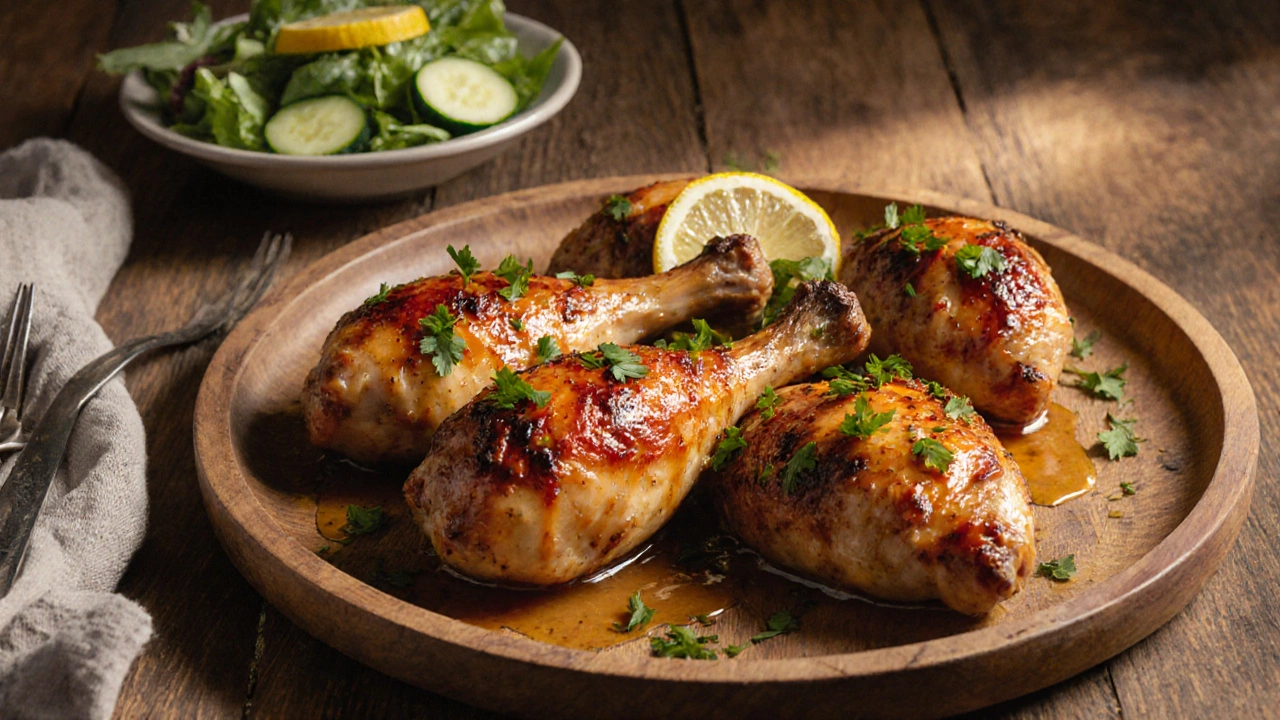
Tips, Tricks, and Common Pitfalls
- Don’t over‑marinate. Because mayo already tenderizes, 4‑6 hours is usually enough for boneless pieces; larger cuts can handle up to 12 hours.
- Keep it cool. Always refrigerate the marinating chicken. The high fat content can become a breeding ground for bacteria if left at room temperature.
- Pat dry before cooking. A light dab with paper towels removes excess surface mayo, preventing excess smoking on the grill.
- Add a splash of acid at the end. If you like extra zing, drizzle a quick lemon squeeze just before serving.
- Avoid high sugar sauces. Mixing mayo with sugary BBQ sauce can cause rapid caramelization and burning.
Frequently Asked Questions
Can I use light or reduced‑fat mayo?
Yes, but expect a slightly thinner coating and a milder flavor. You may want to add a bit more oil to keep the fat level high enough for moisture retention.
Is mayonnaise safe for raw marinating?
As long as you keep the chicken refrigerated and limit marination to under 24 hours, it’s safe. The acidity in mayo actually helps inhibit bacterial growth.
What’s the best chicken cut for a mayo marinade?
Bone‑in, skin‑on thighs or drumsticks work best because the fat in the skin pairs with the mayo, giving a crispy, flavorful crust.
Can I add spices like curry powder?
Absolutely. Curry powder, cumin, or even ginger dissolve well in mayo and create vibrant global twists.
Do I need to cook the chicken longer because of the mayo?
No. The mayo coating actually helps the outer layer brown faster, so standard cooking times for your cut apply.
So, does mayo work as a marinade? The answer is a resounding yes-when you understand how its fat, acid, and emulsifiers interact with chicken, you unlock a simple shortcut to juicy, flavorful meals. Grab a jar, mix in your favorite herbs, and give your next chicken dish the creamy boost it deserves.
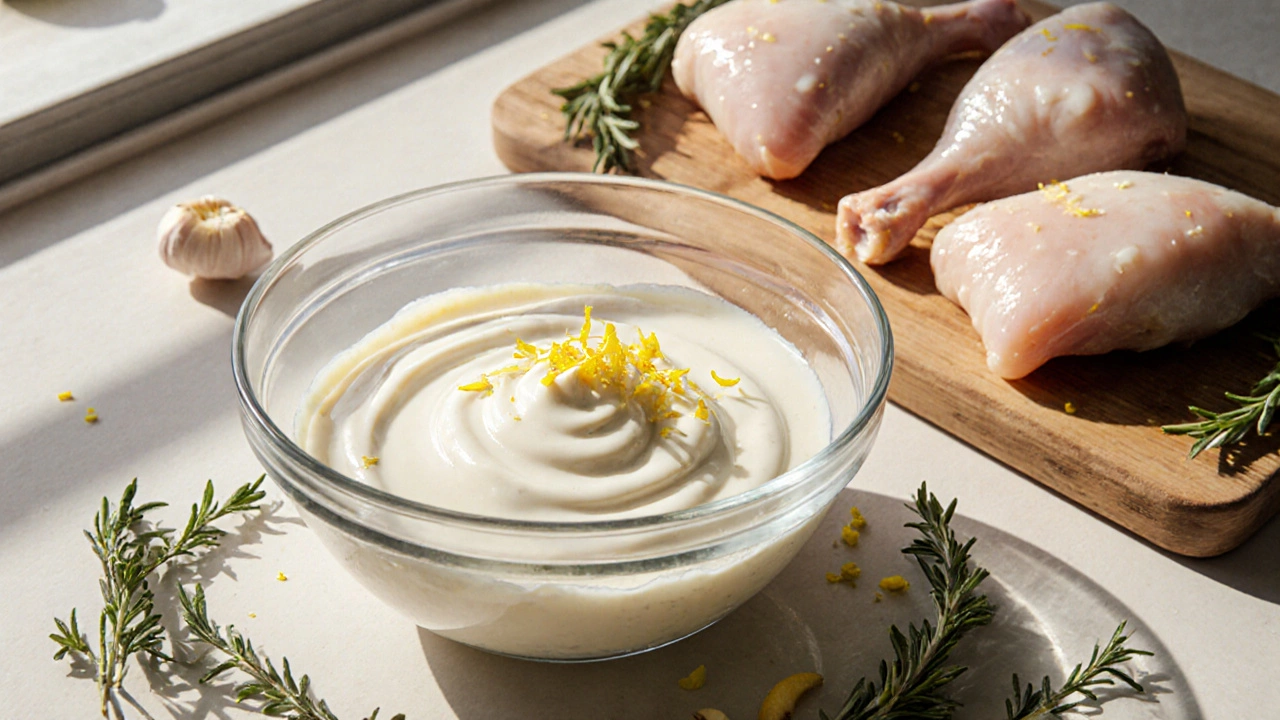

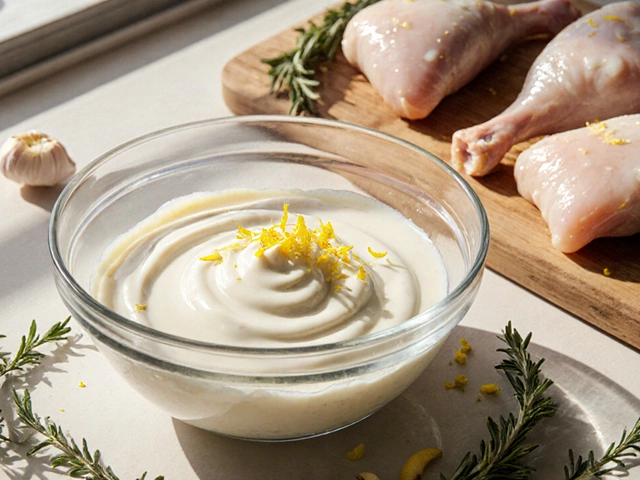
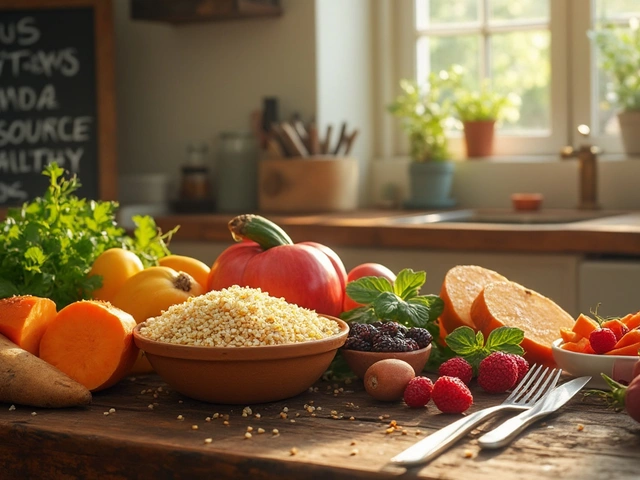

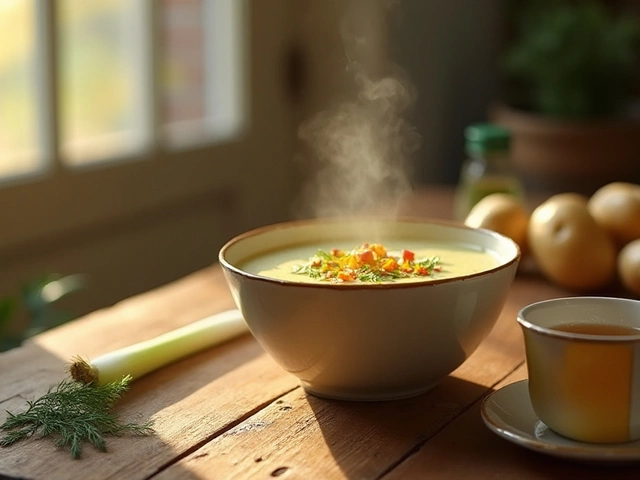
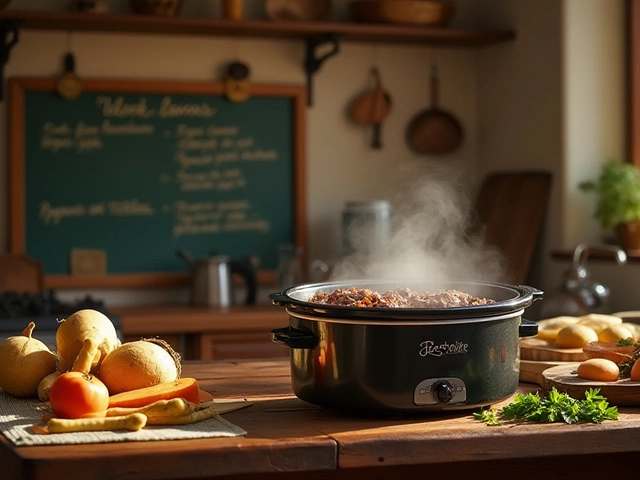
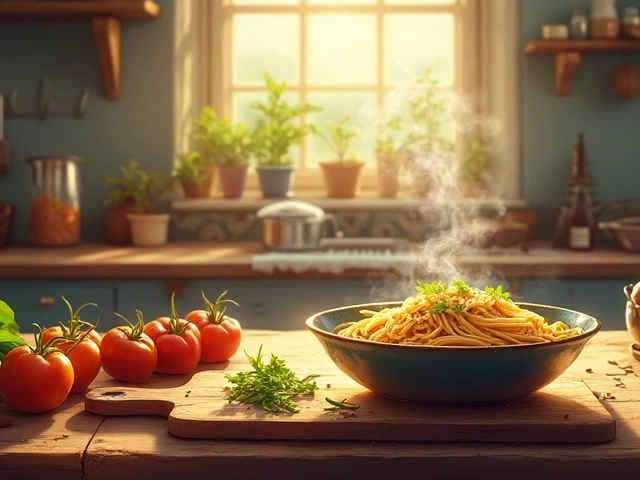
Write a comment